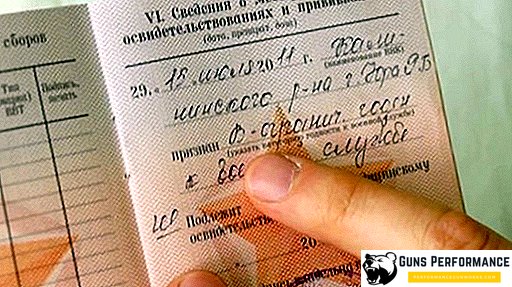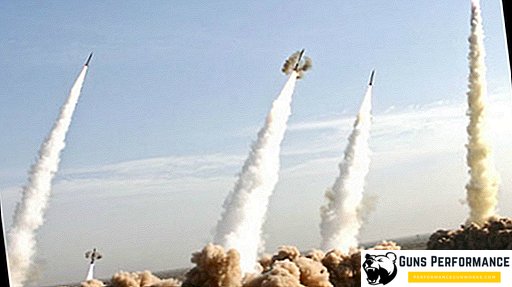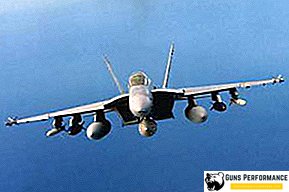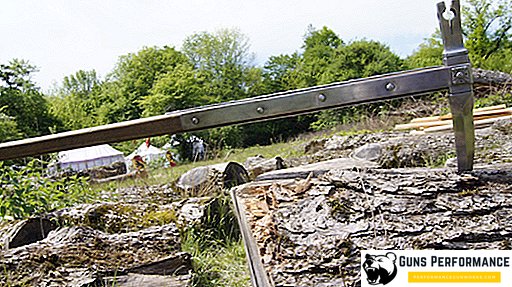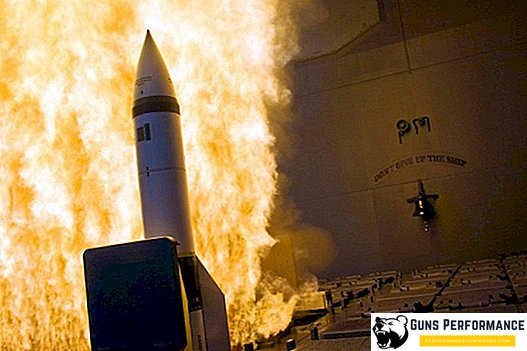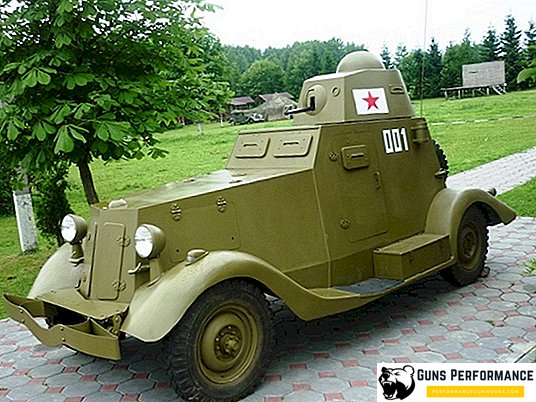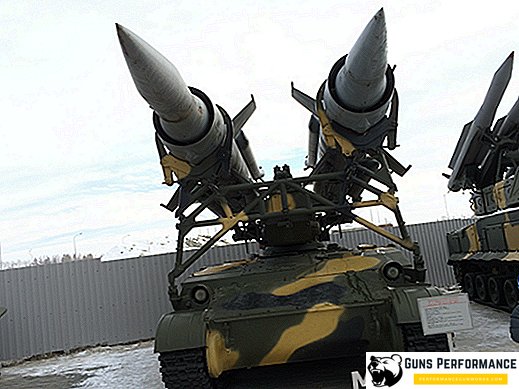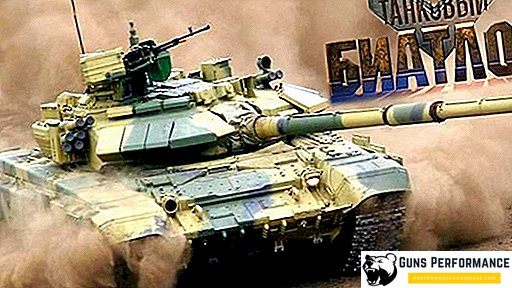From the first use of aircraft on the battlefield, their role in military conflicts is constantly growing. Especially significant was the role of aviation over the past thirty to fifty years. Combat aircraft from year to year receive more and more advanced electronics, more and more powerful means of warfare, their speed increases, their visibility on radar screens decreases. At present, aviation, even alone, can play a key role in the current regional conflict. This has never happened before in the military history of mankind.

During the aggression in Yugoslavia, the aircraft of the NATO countries almost without resistance from the ground forces decided the course of the conflict. The same can be said about the first American company in Iraq. It was precisely aviation that played a decisive role in the rout of the numerous army of Saddam Hussein. The US Air Force and its allies hunted for Iraqi armored vehicles with impunity, having previously destroyed the Iraqi combat aircraft.
There is an important nuance. Modern airplanes are so expensive (the cost of the American fifth generation aircraft F-22 is about 350 million dollars), that only very rich countries can afford to build or buy them. The rest remains to hope for a miracle or is preparing for a guerrilla war.
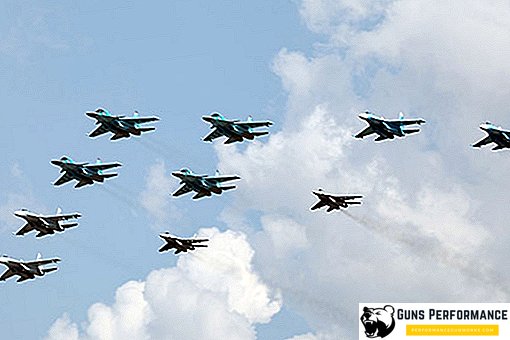
With the advent of high-precision ammunition, communication systems and satellite navigation and target designation, the role and power of the air force has increased many times over. Modern and promising aircraft are also changing rapidly. The use of modern materials, engines of new designs, sophisticated electronics makes modern combat aircraft the crown of scientific and technological progress.
Currently, the leading aviation powers are engaged in the creation of the fifth generation fighter. The US already has such fighters in service - the F-22 "Raptor" and the F-35 "Lightning". These aircraft have long passed the test phase, launched into a series and put into service. The Russian Air Force, China and Japan are lagging behind in this respect in practice.
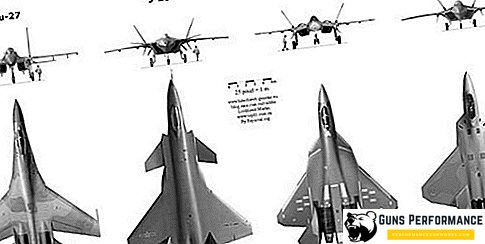
At the end of the 20th century, the USSR could stand on equal terms with the United States in the sky due to the excellent fourth-generation MiG-29 and Su-27 cars. They approximately corresponded in their performance characteristics to American F-15, F / A-18 and F-16 aircraft. But after the collapse of the Soviet Union, the development of new cars in Russia was suspended for several years. The works were practically not funded, and new developments were often created on the initiative of aircraft manufacturers themselves and did not find support from the state. In the meantime, the USA did not waste time: in the 90s, the development of the fifth generation aircraft was actively carried out, and in 1997 a prototype was tested, in the future, designated the F-22 "Raptor".
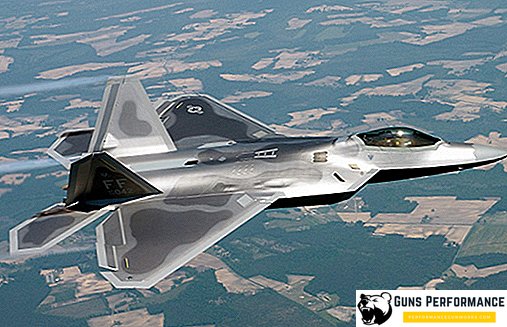
The United States is so far the only country that has a fifth generation aircraft in service. Moreover, the F-22 is forbidden to sell even the allies. For deliveries abroad, the Americans created another F-35 Lightning aircraft (Lightning) - but, according to experts, it has weaker characteristics than the F-22. And what about Russia? What are the plans of the Russian aviation industry? Are there any promising developments that will replace the fourth-generation aircraft in the future?
"Our response to Chamberlain" - the newest Russian military aircraft
If you look at what the Russian aviation industry can now offer to the domestic air force, then we will mainly see modifications of the fourth-generation Su-27 and MiG-29 aircraft. For them, even came up with a new classification, the MiG-35 and Su-35 belong to the generation 4 ++, indicating that this is almost the fifth generation. No doubt, both the MiG-29 and Su-27 are really beautiful cars that were among the best in the world. But it was in the late eighties. The latest versions of these machines, of course, have been seriously modified, the engines have been improved, new electronics and navigation systems have been installed, but can they withstand Raptor in battle?
A new generation aircraft has already been created in Russia - it is the PAK-FA (a promising aviation complex of front-line aviation), aka T-50. Its futuristic form of the new Russian aircraft is very similar to the F-22. The plane first flew in 2010, and in 2011 it was first shown to the general public at the MAKS air show. We have very little reliable information about this new car. Currently, the aircraft is being finalized, but in the near future it should go into series.
In order to try to compare the PAK-FA with its American counterpart F-22, you need to clearly understand what the fifth generation aircraft is and how it differs from previous machines. Military put forward to the car a new generation of clear requirements. Such an aircraft should have low visibility in all wavelengths, primarily in radar and infrared, it must be multifunctional, extremely maneuverable, maintain supersonic cruising speed (go to supersonic speed without afterburner), have the opportunity to conduct full-range close combat and carry out multichannel firing rockets at long range. The fifth generation aircraft must have "advanced" electronics, which would greatly facilitate the work of the pilot.
Experts have already compared the F-22 and PAK-FA, using the scant information that is available today. The Russian newest aircraft has large dimensions, including the wingspan and therefore, most likely, it will be more maneuverable than its American counterpart. The PAK-FA has a slightly higher maximum speed, but loses to the “American” in cruising. The Russian aircraft has a greater practical range and a lower take-off mass. However, PAK-FA loses the F-22 in stealth.
It is not easy to compare these two aircraft, primarily because of a lack of information. There is one more nuance: modern aircraft are not only aerodynamics and armament, but, first of all, electronics that control all aircraft systems. The USSR has always lagged behind in this area, the situation is similar for Russia. The radar of the Russian aircraft is not inferior to the best world analogues - but the on-board equipment leaves much to be desired.
In 2014, the small-scale production of the PAK-FA began, the start of mass production of the aircraft is scheduled for 2018.
Here is a comparative description of the two aircraft.
| Aircraft | PAK-FA | F-22 |
| Start of development | Early 80s | 1996 |
| Adopted | 2014-2015 | 2005 |
| Length m | 22 | 18,92 |
| Wingspan, m | 14,2 | 13,56 |
| Empty weight, kg | 17500 | 19700 |
| Maximum speed, km / h | 2600 | 2410 |
| Cruising speed, km / h | 1400 | 1963 |
| Cost, million dollars. | 250 | 350 |
| Low visibility | Lower than the F-22 | High |
Flight "Golden Eagle"
Another very interesting machine, created in the Sukhoi Design Bureau, is the Su-47. It is a pity that so far it remains at the prototype stage. This aircraft has a backward swept wing, which provides the car with unprecedented maneuverability and climb. Composite materials were widely used in the Su-47, the control interface in the cockpit was significantly improved.

Su-47 was also created as a prototype of the fifth generation aircraft. But before the requirements put forward to such machines, he still does not hold out. The Berkut cannot fly at supersonic speeds without a boost. In the future, the aircraft is planned to be equipped with a new engine with a variable thrust vectoring, which would allow the Su-47 to overcome a supersonic barrier without a boost.
His first flight "Berkut" made in 1997, built only one such aircraft. Currently it is used as a test.
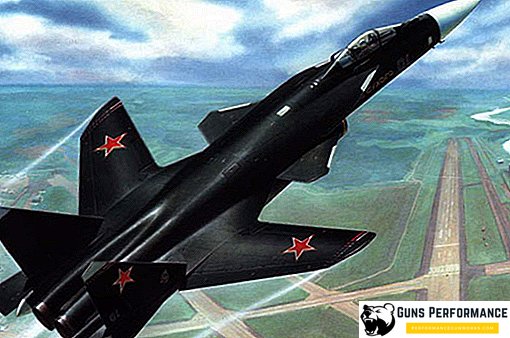
Here are the characteristics of the Su-47 Berkut.
| Wingspan, m | 16.70 |
| Aircraft length, m | 22.60 |
| Airplane height, m | 6.40 |
| Wing area, m2 | 56.00 |
| Weight, kg | |
| normal takeoff | 25670 |
| maximum takeoff | 34000 |
| engine's type | 2 TRDF D-30F6 |
| Maximum speed, km / h | |
| on the ground | 1400 (M = 1.12) |
| on high | 2200 (M = 2.1) |
| Practical range, km | 3300 |
| Practical ceiling, m | 18000 |
Su-35
Another new aircraft recently adopted by the Russian Air Force is the Su-35. In 2014, 12 such aircraft arrived on the VKS aviation regiments, and by the end of 2018, 48 Su-35s would go to the Air Force. This aircraft, developed by the Sukhoi Design Bureau, belongs to the 4 ++ generation and possesses technical and combat characteristics almost at the level of the fifth generation aircraft.
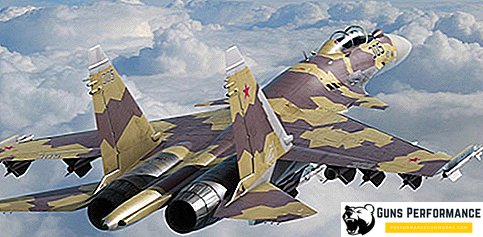
From the PAK-FA, it differs only in the lack of stealth technology and an active phased array antenna (AFAR). The aircraft is equipped with a new information and control system, a radar with a phased array, new engines with thrust vectoring, which can reach supersonic speed without the use of afterburner. The airframe was also enhanced.
With the adoption of this aircraft, Russian military pilots can repel the latest aircraft of the latest generation.
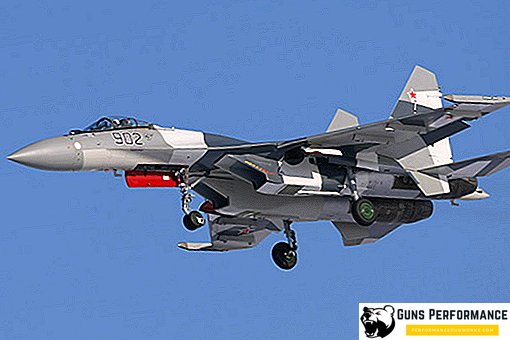
The main characteristics of the Su-35:
| Wing size, m | 14.70 |
| Aircraft length, m | 22.18 |
| Airplane height, m | 6.35 |
| Wing area, m2 | 62.00 |
| Weight | |
| empty aircraft | 18400 |
| normal takeoff | 25700 |
| maximum takeoff | 34000 |
| engine's type | 2 TRDF AL-31FM. |
| Maximum thrust, kgf | 2 x 12800 |
| Maximum speed, km / h: | |
| on the ground | 1400 |
| at high altitude | 2440 |
| Practical ceiling, m | 18000 |
| Practical range, km: |
IL-112
All of the above aircraft have already left the design bureaus and factory workshops and have long made their first flight. Currently, the Ilyushin Design Bureau is developing a new Il-112 light transport aircraft, which is to replace the outdated An-26.
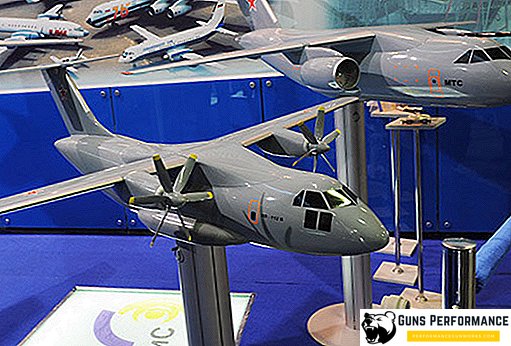
The first flight of the future transport aircraft was planned for 2018, and the beginning of its mass production - for 2019. The new machine will have a carrying capacity of up to six tons, it will be equipped with two turboprop engines. The Il-112 will be able to land and take off both from equipped runways and from unpaved airfields. In addition to the cargo modification of the aircraft, aircraft manufacturers plan to create a passenger version of the machine, it can be used on regional airlines.
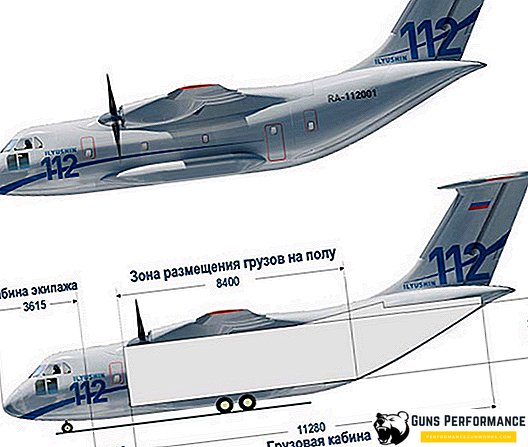
Mig fifth generation
Sergei Korotkov, the general director of RSK MiG, told reporters that design bureau specialists are working on a fifth-generation fighter. The Mig-35 (another Russian generation 4 ++ machine) will most likely be taken as the basis for the new machine. According to the developers, the new MiG will be very different from the PAK FA and will perform completely different functions.

New strategic bomber
Russia is developing a new strategic bomber, which will have to replace the Tu-160 and Tu-95 aircraft. The development of the new PAK DA (a promising aviation complex for long-range aviation) was entrusted to the Tupolev Design Bureau, although it can be noted that the Tupolev residents began work on this vehicle back in 2009. In 2014, a design contract was signed between the design bureau and the Ministry of Defense.
Information about the future of the aircraft is very small, but the leadership of the Russian Air Force stated that the aircraft will be subsonic, it will be able to carry more weapons than the Tu-160 and most likely will be made by the construction of a "flying wing".
Readiness of the first car is expected in 2020, and the start of mass production - in 2025. It should be noted that work on the creation of a similar aircraft is now underway in the United States. As part of the Next Generation Bomber project, a subsonic aircraft with a low level of visibility and a long range (about nine thousand kilometers) is being developed. According to media reports, the cost of one such machine can reach half a billion dollars.
After the collapse of the USSR, the aviation industry experienced difficult times. The implementation of many projects has been postponed for years, and now is the time to catch up. A sixth generation fighter is to be developed - but for now this is almost fiction.


